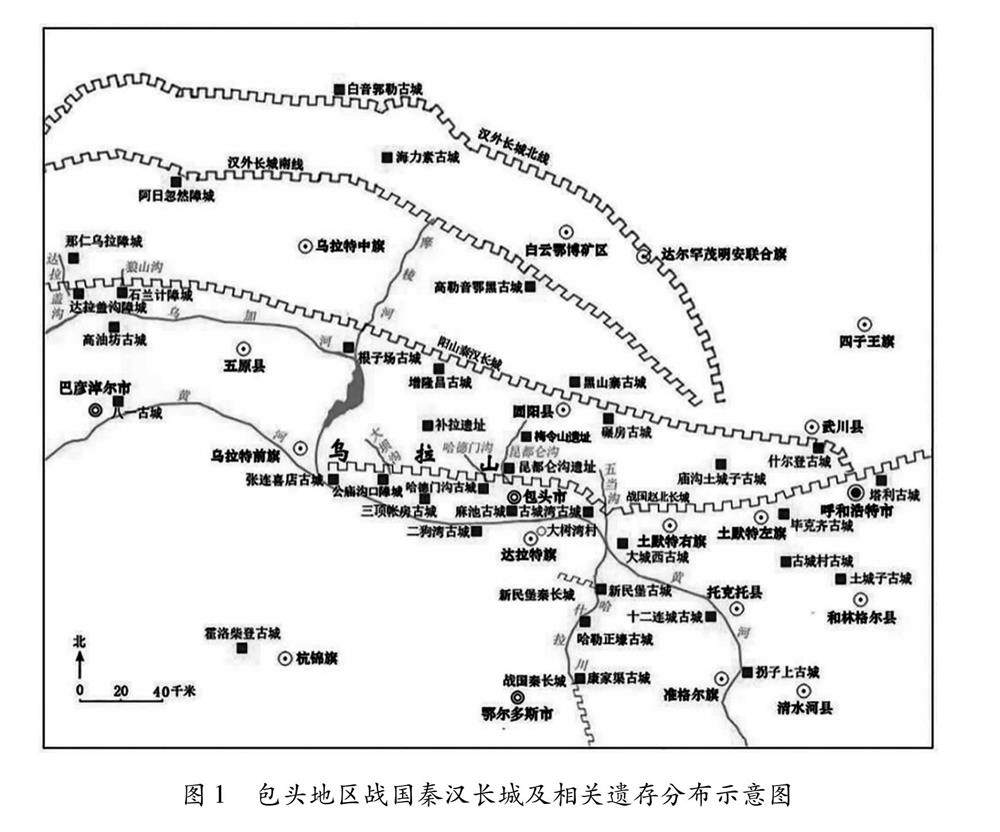固阳秦长城的历史文化内涵与精神价值


打开文本图片集
摘 要:固阳秦长城始建于秦始皇三十三年(公元前214年),汉武帝时期作了加筑沿用,是秦汉长城的典型代表。固阳秦长城之内的北假中,在西汉时期开展了大规模的军事屯田;西汉晚期,匈奴呼韩邪单于内附五原塞,长城两侧见证了中原王朝与北方游牧民族政权之间由对抗走向交流的融合历程。
关键词:固阳秦长城;北假中;高阙;五原塞;昭君和亲;紫塞
The Historical and Cultural Connotationsand Spiritual Value of the Guyang Qin Great Wall
Zhang Wenping
(Inner Mongolia Museum,Hohhot,010010)
Abstract:The Guyang section of the Qin Great Wall was initially built in the 33rd year of Emperor Qin Shi Huang (214 BC).During the reign of Emperor Wu of the Han dynasty,it was expanded and utilized,making it a typical representation of the Qin and Han Great Wall.Within the Guyang Qin Great Wall,the region known as Beijiazhi was a significant military agricultural settlement during the Western Han dynasty.In the late Western Han period,the Xiongnu leader Huhanye Chanyu submitted to the Five-Origin Fort,and the areas on both sides of the Great Wall bore witness to the merging process between the Central Plains dynasty and the northern nomadic powers,transitioning from confrontation to integration.
Key words:Guyang Qin Great Wall;Beijiazhi;Gaoque;Five-Origin Fort;Princess Wencheng’s marriage diplomacy;Purple Frontier
固阳秦长城最早修筑于秦始皇三十三年(公元前214年)。(剩余4365字)